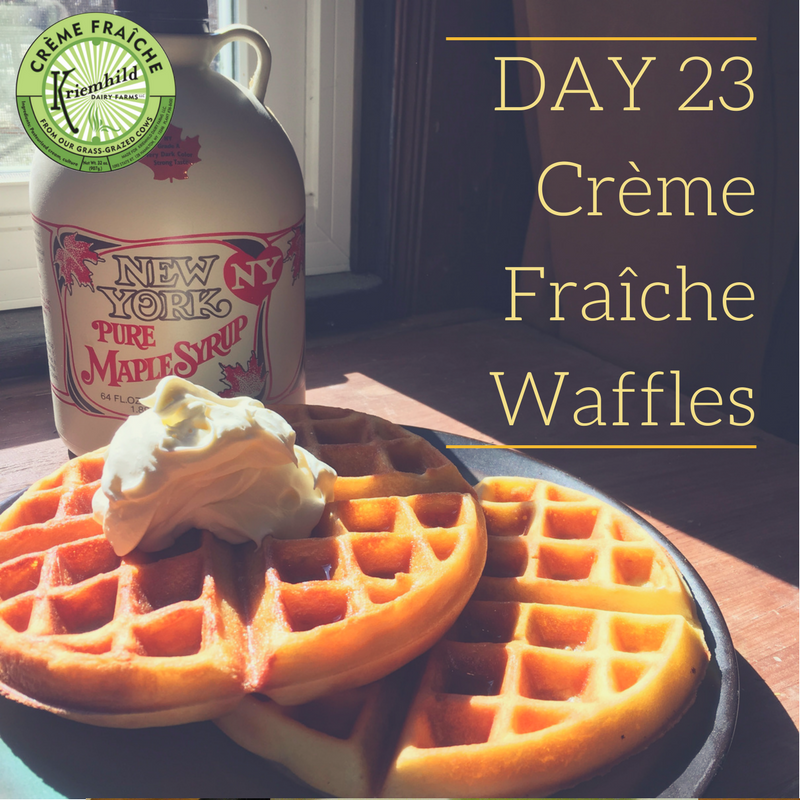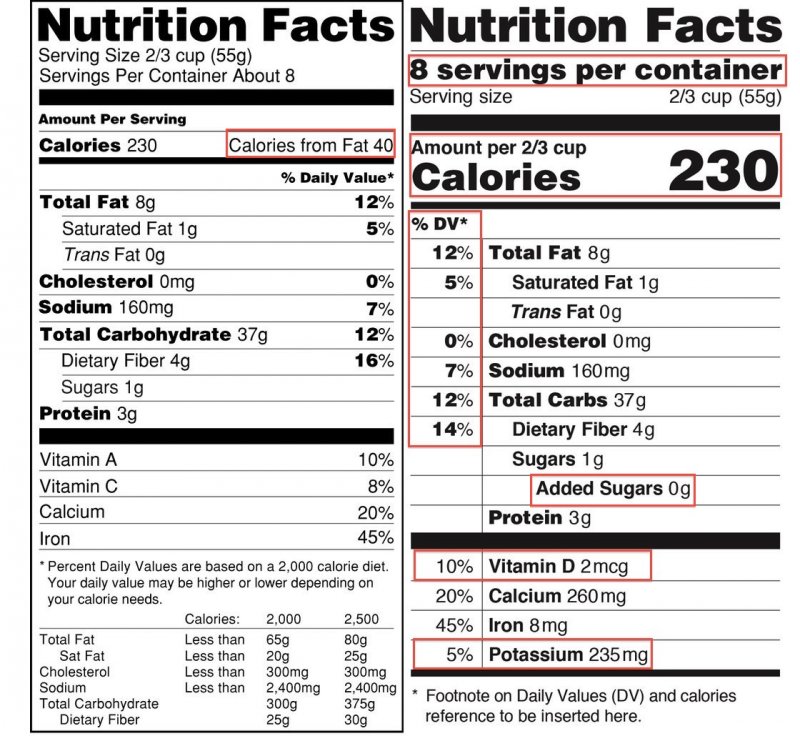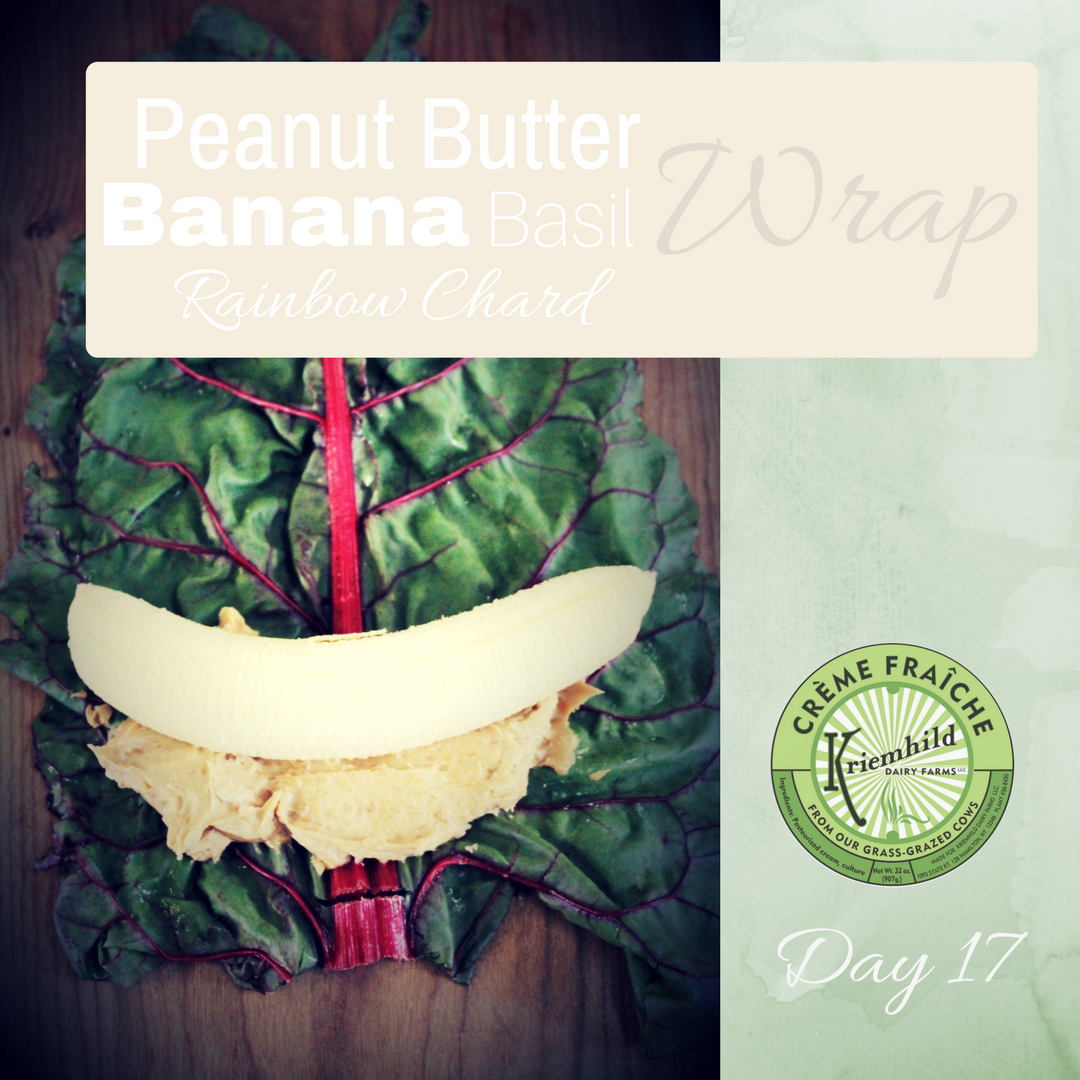Crème Fraîche Waffles | adapted from savorychicks.comMakes 10-12 waffles
Ingredients:
Instructions:
0 Comments
Citrus Mango ParfaitIngredients:
Frozen Syrup:
Topping:
Instructions: For the frozen syrup:
For the topping:
To serve:
Remember when fat became bad, and then it wasn't?A hallmark of reason is that opinions change when new information gives good cause. The truth is that habits and social inertia are a bit harder to change. This dichotomy could not be better illustrated than thru the American nutritional relationship with dietary fats. Now, changes to ubiquitous food labeling are helping support a known shift in perspective on fats in our food.
If you buy packaged foods, like many Americans you are intimately familiar with the Nutrition Facts Label. You know, that minimalistic black-and-white label on the side or back of more than 6.5 billion food packages; the stark info table above the ingredients list that doesn’t judge your food choices, but neither does it hide the truth about your foods’ salt and sugar content. Although instantly recognizable to us all, the Nutrition Facts label is only 20 years young. Per recommendation of the FDA, The label was born in 1990 under provision of the Nutrition and Labeling and Education Act, and it has remained essentially unchanged since then. From that perspective, 20 years is a long time for something to go unchanged or without revision. The FDA announced dramatic changes to the Nutrition facts label layout in 2016, and will be requiring it on packaged foods next year. It may appear much the same as it does today, but we’re awfully excited about the details of the new label. The label has always been used to direct consumers focus to the nutritional components of a food that bear the most significance on their health. Since the changes are based on recent scientific research and updated public health information, the label has been modified to shift that focus elsewhere. For example, “Total Fat,” “Saturated Fat,” and “Trans Fat” will remain on the label but “Calories from Fat” is being removed. Despite conventional (and outdated) dietary advice, research has shown that fat is not linked to the chronic nutritional diseases such as obesity, heart disease, and diabetes. It is more important to know what type of fat is in a food than how much of its energy content fat contributes (1,2) This is very vindicating for Kriemhild, being we are bringers of full-fat dairy. A serving of our Crème Fraîche provides 100 delicious, filling calories, and we’ve listened to many-a-customer gush with guilt they need not feel when they realize that all 100 of those calories are from fat (wholesome & beneficial fat, but fat none the less). Though food producers originally had been mandated to put ‘calories from fat’ on their packaging to encourage consumers to move towards low-fat diets, nutrition science has since found overwhelming evidence supporting the health benefits of good fat in our diets. Although there is a growing body of scientific evidence over the last decade to debunk the “fat makes you fat” myth, the ‘calories from fat’ still acts as a scarlet letter marking our Nutrition Labels and infecting our conscience; and so this guilt-trigger remains for many of us. Ideally, it’s removal will encourage the public to embrace healthy fats like those from grass fed or grass grazed dairy. Instead of demonizing fat, the new Nutritional Facts label will shine a light on the real culprit of an unhealthy diet: added sugar. ‘Added sugar’ was not originally added to the original nutritional facts label because (at that time) the FDA stated that the body made no physiological distinction between added and naturally occurring sugars. This has old stance has since been proven false (1,2) On the new label ‘Added sugar’ will be nested under total sugar. This way, after a little math, you can determine how much sugar in your food is natural sugar, like lactose in milk, and how much is added by the producer (1). Many low-fat or fat-free foods, especially dairy, claim to be healthier that their full-fat counterparts when in fact they typically have large amounts of added sugar to improve the taste and thickeners to simulate the texture of the full-fat version. We are proud to say that this more transparent labeling practice will only further underscore the wholesome makeup of our grass-based dairy (being added sugar and stabilizer free) and empower you to compare the facts on sugar content between your selections at the store. There are more differences between the original and second generation of our familiar Nutrition Facts label, and we encourage you to learn more about them here. It is one of Kriemhild's virtues to be transparent, and we feel that information is empowering to our customers. We’d love to hear your thoughts about this new Nutrition Facts label. Do you feel these changes better equip you to make healthy choices? Did grandma have it right, resisting the low-fat movement thru the last few decades? Let us know in the comments below, or on social media. Sources:
Blueberry Crème Fraîche Pastries | adapted from justataste.comIngredients:
For the Pastries:
For the Glaze:
Instructions: Making the pastries:
Making the glaze:
Freezer Friendly Frittata Sandwiches - Crème Fraîche for Breakfast - Day 20 of 30 #CremeFast3/5/2017 FREEZER-FRIENDLY FRITTATA BREAKFAST SANDWICHESMakes: 6 sandwiches
Ingredients:
Instructions:
Reheating instructions:
Recipe Notes: Hot breakfast sandwiches for a crowd:
Pumpkin Butter Rolls with Creme Fraiche Frosting |
As the Butter Churns
Author: Ellen Fagan and Victoria PeilaCategories
All
Archives
November 2019
|
Where our HEart is
|
FOLLOW US |
what our customers are saying"Thank you! Even though I'm 5 hours away...I can't live without you. Got my shipment today.
#kriemhildbutterlove" -- Jennifer in Mystic, Connecticut |
Copyright 2020 © Kriemhild Dairy Farms, LLC











 RSS Feed
RSS Feed